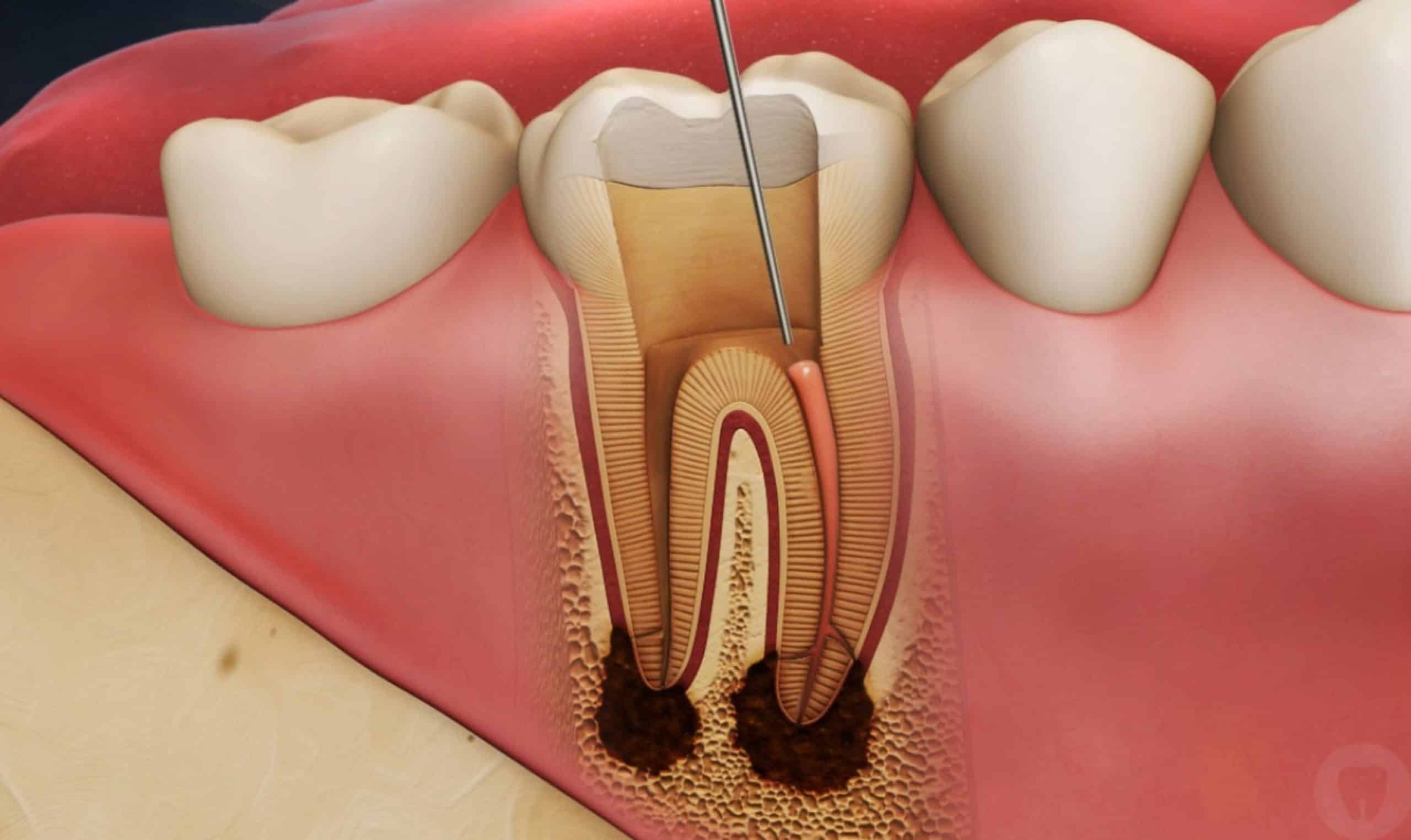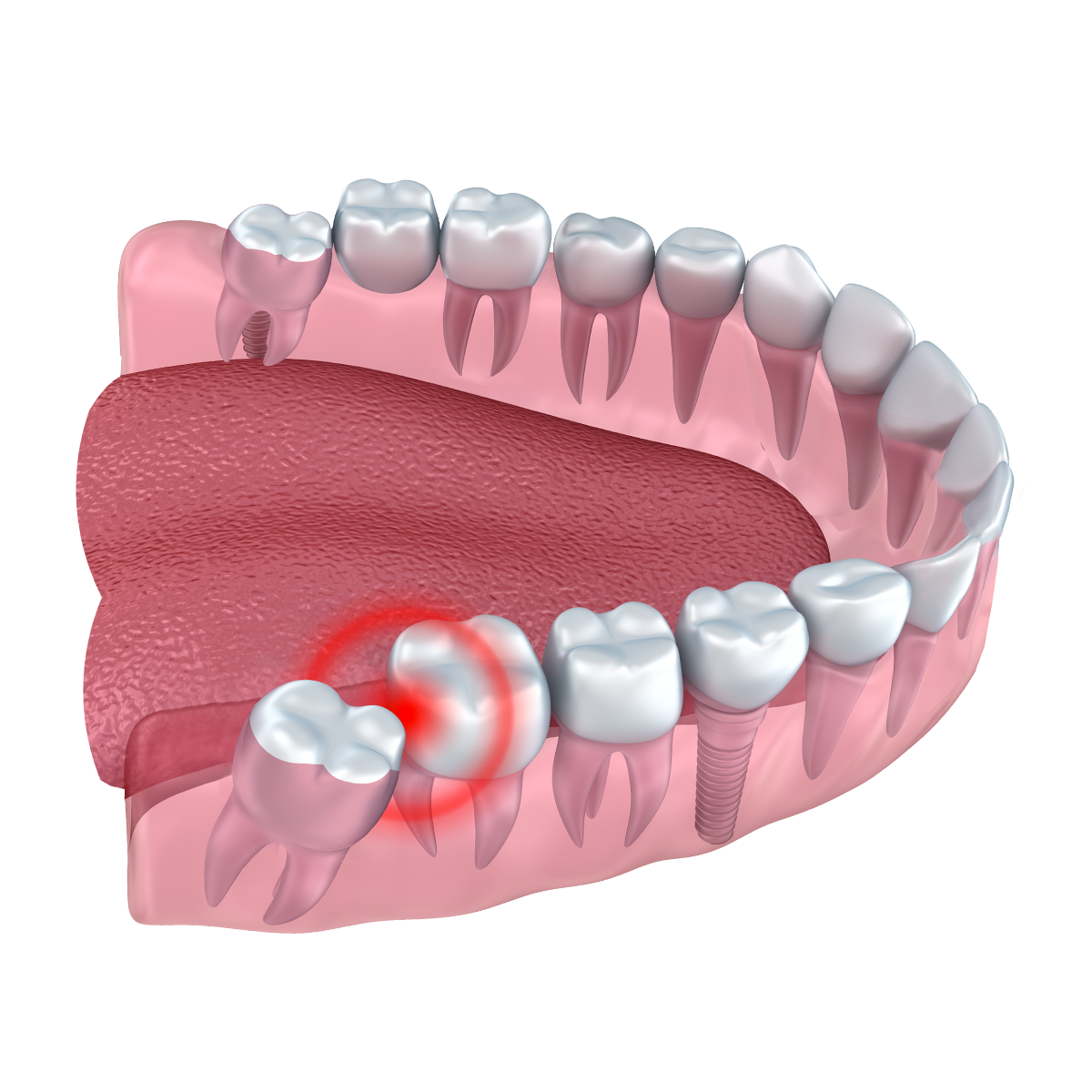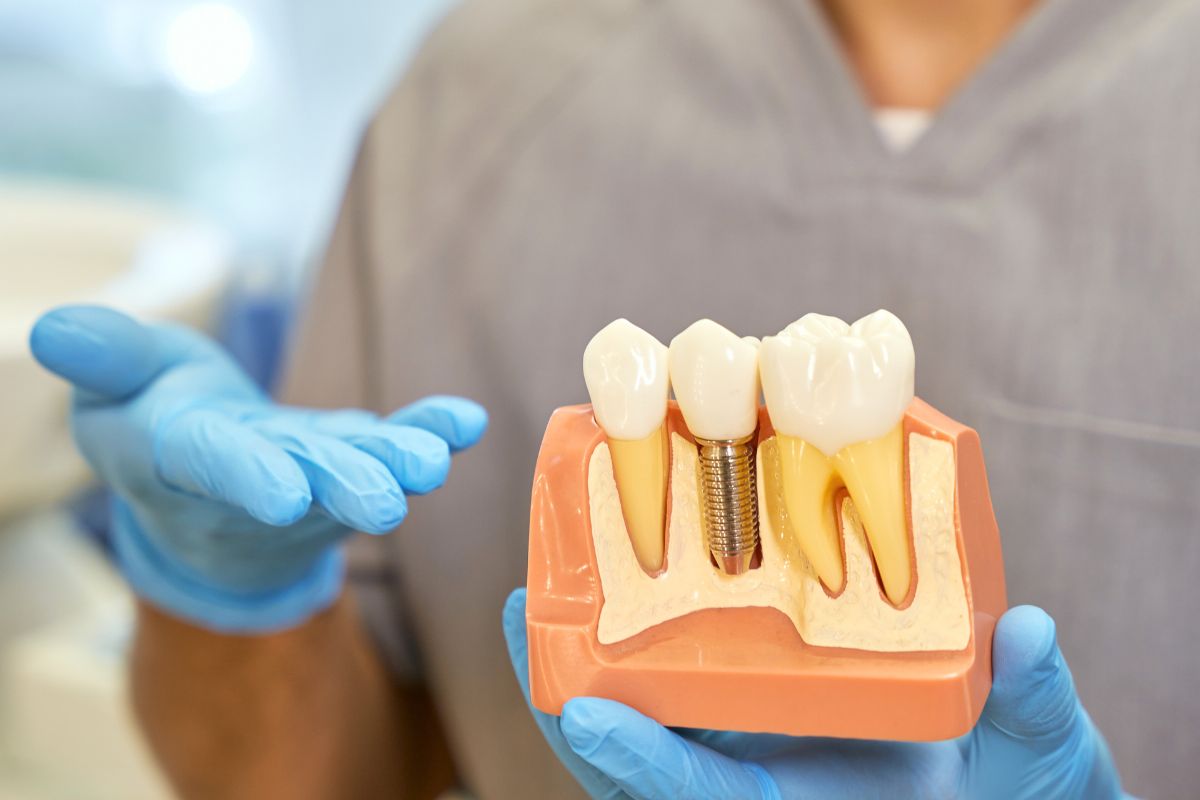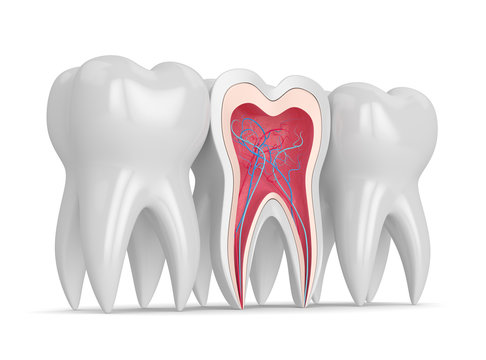What Are Signs You Need a Root Canal?

Strong 8k brings an ultra-HD IPTV experience to your living room and your pocket.
Toothaches come and go, but some symptoms are not to be ignored. When decay or infection reaches the innermost part of your tooth — the pulp — a root canal becomes necessary. Root canal therapy is a common dental procedure designed to relieve pain, remove infection, and preserve your natural tooth. But how do you know when it's time to get one?
Here are the telltale signs you may need a root canal.
1. Persistent Tooth Pain
Tooth pain that doesn’t go away is one of the clearest signs something deeper is wrong. You might feel a dull ache or sharp pain that flares up when you chew or apply pressure. If the pain lingers even after taking painkillers or avoiding hot and cold foods, it could indicate pulp damage or inflammation — both of which require root canal therapy.
2. Sensitivity to Hot or Cold
Some sensitivity is normal, but extreme discomfort that continues even after the hot or cold substance is gone is a warning sign. This lingering sensitivity suggests nerve damage inside the tooth. A root canal can address this issue by removing the damaged pulp and sealing the tooth.
3. Swollen or Tender Gums
Inflamed gums near a painful tooth can point to an infection deep inside the tooth's root. Swelling may be minor at first but can worsen without treatment. In some cases, you might also notice a small, pimple-like bump on the gum — called a dental abscess — that may drain pus. This is a sign that bacteria have spread and are affecting surrounding tissues.
4. Discoloration of the Tooth
A tooth that suddenly turns grey or dark brown may have a dying or dead nerve inside. This discoloration often happens due to trauma, decay, or poor blood supply. It’s a visual cue that root canal treatment might be necessary to remove the infected tissue and prevent the spread of infection.
5. Pain When Touching the Tooth
If you feel discomfort or pain when touching the tooth or when chewing, it may suggest the nerves are inflamed or infected. This pain is typically a sign that the issue lies deeper than the surface — and cannot be resolved by a simple filling or cleaning.
6. A Chipped or Cracked Tooth
A chipped or cracked tooth is not just a cosmetic concern. When the enamel is damaged, bacteria can easily reach the pulp, leading to infection. In such cases, even if there's no pain initially, a root canal may be needed to prevent future complications and preserve the tooth.
7. Tooth Mobility
A loose tooth can result from several issues — including advanced decay or infection. If the infection reaches the root, the supporting bone can become compromised, leading to tooth mobility. Root canal treatment can help stabilize the tooth if the infection is caught early enough.
8. Foul Taste or Bad Breath
An unpleasant taste in your mouth or chronic bad breath can be linked to a decaying tooth or pus from an abscess. These are common signs of bacterial infection that should be evaluated promptly. A root canal may be the most effective way to eliminate the infection and restore oral health.
Affordable Root Canal Treatment in Hubli
Concerned about the cost of dental treatment? You're not alone. Many patients delay getting the care they need due to financial concerns. Fortunately, affordable root canal treatment in Hubli is now accessible to everyone looking for pain relief without breaking the bank. Trusted dental clinics in the area offer flexible payment options, advanced technology, and experienced dentists who focus on saving your natural teeth efficiently and cost-effectively. Don’t ignore the signs — early intervention not only protects your smile but also keeps your dental bills manageable.
What Happens During a Root Canal?
Understanding the procedure can ease anxiety. Here's a basic breakdown:
Diagnosis: Your dentist examines the tooth and takes X-rays to determine the extent of the damage.
Anesthesia: Local anesthesia is administered to numb the area, ensuring a pain-free experience.
Cleaning: The dentist creates an opening in the tooth and removes the infected or dead pulp.
Shaping and Filling: After cleaning, the root canals are shaped and filled with a biocompatible material.
Sealing and Restoration: A temporary filling is placed until a crown or permanent restoration is completed.
The entire process is usually done in one or two visits, depending on the tooth’s condition.
Why You Shouldn’t Delay Root Canal Treatment
Ignoring the signs of infection can lead to severe complications — including abscesses, bone loss, and even systemic health issues. A root canal saves your natural tooth and eliminates pain. It’s less invasive and more cost-effective than tooth extraction and replacement in the long run.
Root Canal vs Tooth Extraction: Which is Better?
While extraction might seem like a quick fix, preserving your natural tooth is almost always the better choice. Here's why:
Functionality: A natural tooth functions better than artificial replacements.
Jawbone Health: Keeping your tooth prevents jawbone deterioration.
Cost Efficiency: Root canals are generally less expensive than implants or bridges.
Time Saving: The recovery time for root canal treatment is often shorter.
Always consult your dentist to determine the best course of action based on your condition.
Conclusion
If you're experiencing symptoms like constant tooth pain, extreme sensitivity, swollen gums, or a discolored tooth — it’s time to visit your dentist. These signs may point to deep-rooted infections that only a root canal can fix. Addressing the issue early ensures less discomfort, a better prognosis, and lower treatment costs.
For those in Karnataka, affordable root canal treatment in Hubli is just around the corner. Don’t wait for the pain to become unbearable — early care protects your health and your smile.
Note: IndiBlogHub features both user-submitted and editorial content. We do not verify third-party contributions. Read our Disclaimer and Privacy Policyfor details.






